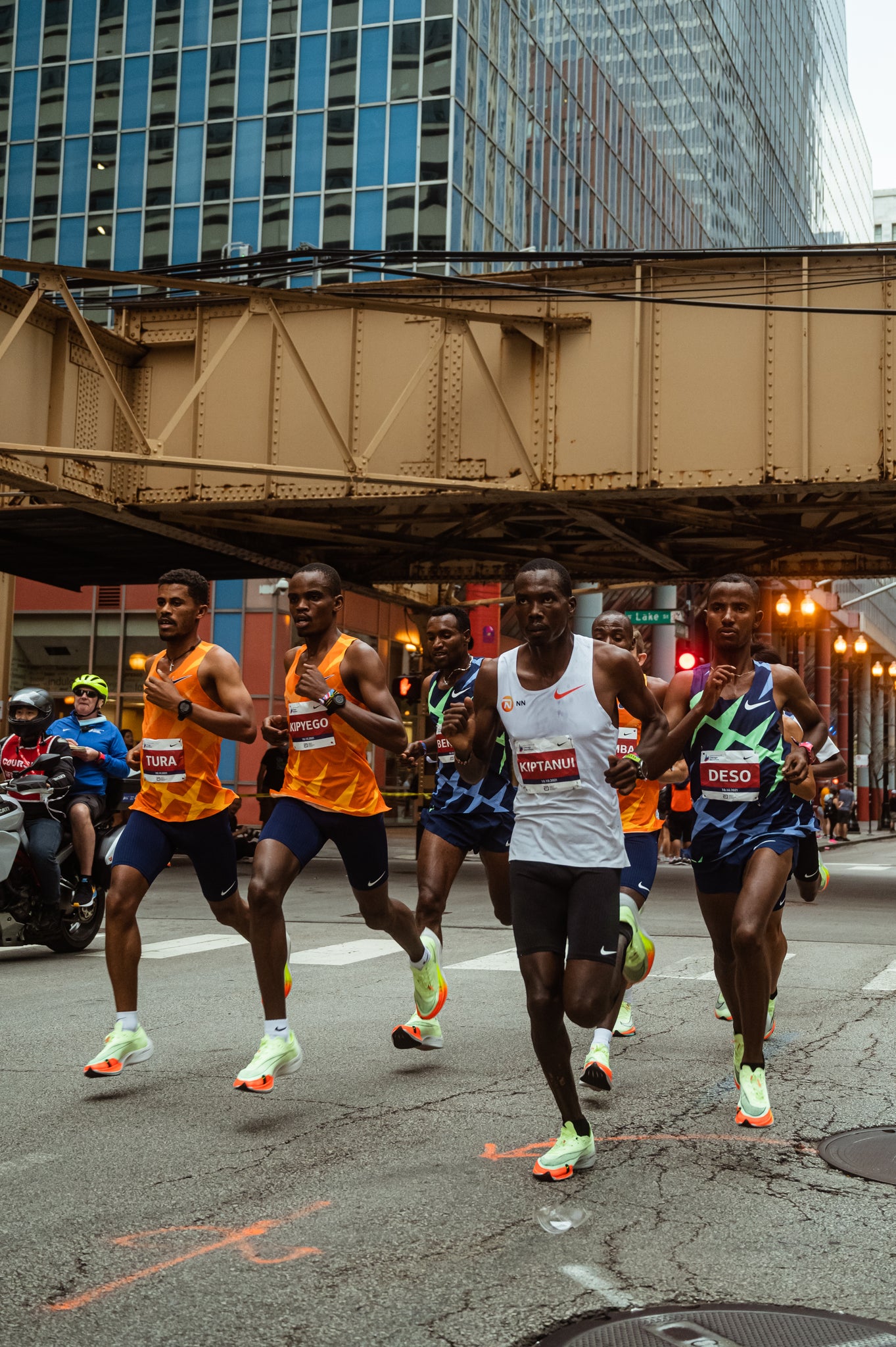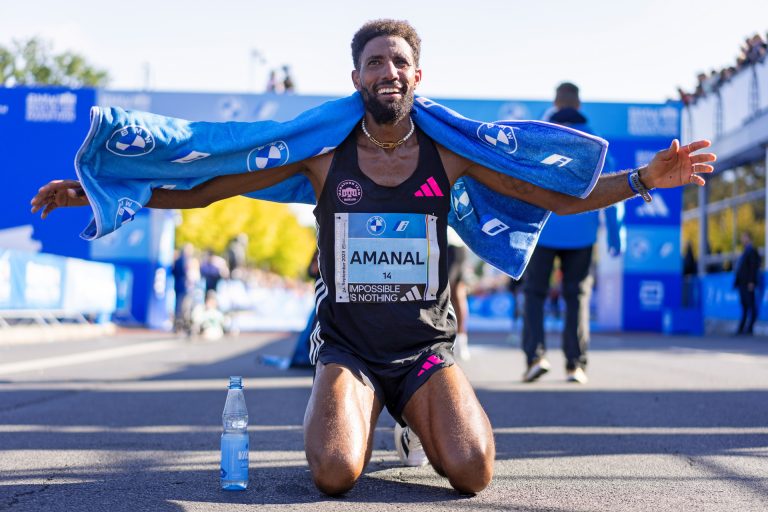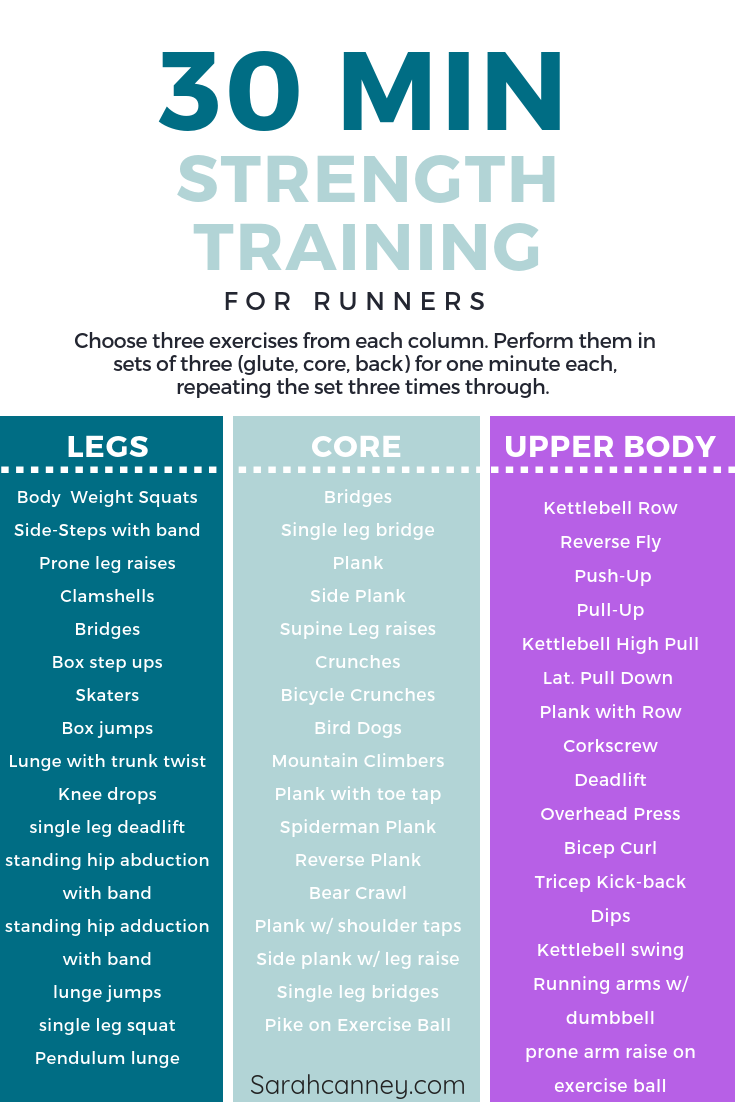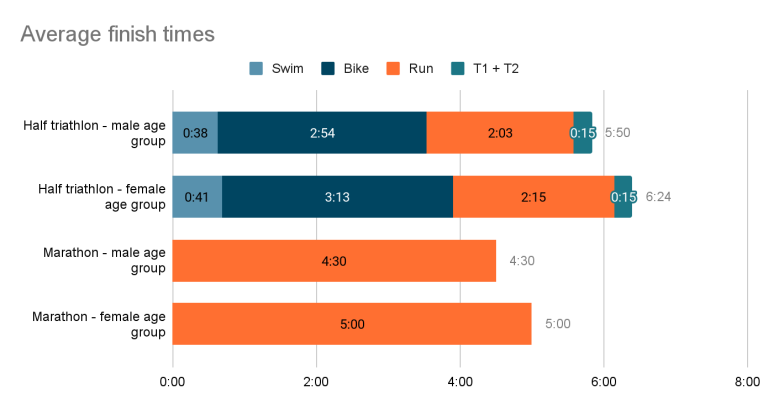How to Prevent Marathon Chafing
To prevent marathon chafing, wear moisture-wicking clothing and apply lubricant to friction-prone areas. Marathon chafing can be prevented by following a few essential steps.

Credit: www.monsuri.com
Understanding Chafing
Marathon chafing can be prevented by wearing moisture-wicking clothing, using lubricants, and avoiding cotton fabrics. Hydrating well, staying dry, and wearing properly fitting clothes can also help reduce chafing during long runs. Proper pre-race preparation and choosing the right gear are essential for preventing marathon chafing.
Understanding Chafing Chafing is a common issue faced by many athletes during marathons or any physical activity that involves repetitive movement. It occurs when friction between the skin causes irritation and abrasions, leading to discomfort and sometimes, pain.Causes Of Chafing
Chafing can be caused by several factors, including moisture, poorly fitting clothing, repeated rubbing, and sensitive skin.Effects Of Chafing
The effects of chafing may include redness, irritation, blistering, pain, and inflammation. It can significantly impair performance and slow down recovery post-marathon. To prevent chafing: wear moisture-wicking clothing, use anti-chafing creams, keep the skin dry and clean, and address any areas of friction promptly. Engaging in proper prevention techniques can make your marathon experience more comfortable and enjoyable.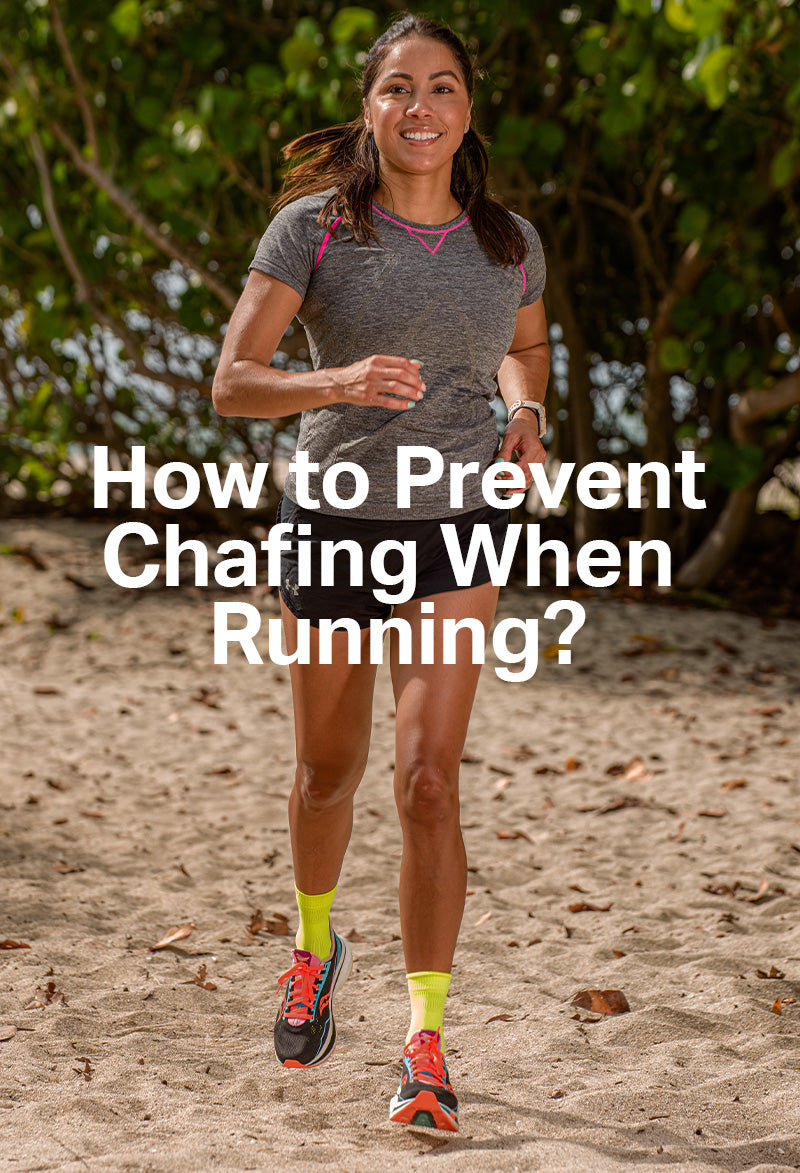
Credit: www.zensah.com
Choosing The Right Clothing
Choosing the right clothing is a crucial step in preventing marathon chafing. Wearing the appropriate garments can help reduce friction, enhance comfort, and prevent irritation during your long runs. Here are a few aspects to consider when selecting your marathon outfit:
Moisture-wicking Fabrics
One essential factor to keep in mind is choosing moisture-wicking fabrics. These materials are designed to draw moisture away from your skin, allowing it to evaporate quickly. By keeping you dry, they significantly reduce the risk of chafing. Look for garments made from synthetic fibers such as polyester or nylon, as they are known for their excellent moisture-wicking properties.
Proper Fit And Sizing
Another aspect to focus on is ensuring that your marathon clothing fits properly and is of the right size. Loose-fitting clothes can rub against your skin, leading to chafing. On the other hand, garments that are too tight can also cause discomfort and friction. Aim for a snug, but not overly tight, fit that allows for freedom of movement and prevents unnecessary friction between your body and the fabric.
Take note of the following tips when selecting your marathon clothing for the best fit:
- Use a measuring tape to determine your accurate size and consult the manufacturer’s size chart.
- Pay attention to the specific sizing guidelines, as each brand may have slightly different measurements.
- Consider sizing up if you fall on the border between two sizes, to ensure a more comfortable fit.
- Try on the clothing before your marathon training to ensure it feels comfortable and supportive during movement.
By choosing moisture-wicking fabrics and ensuring your marathon clothing has the proper fit and sizing, you can reduce the risk of chafing and enhance your overall running experience. Remember, comfortable clothing enables you to focus on your performance and achieve your marathon goals!
Using Lubricants And Balms
Using lubricants and balms is an essential part of preventing marathon chafing. These products help reduce friction between the skin and clothing, preventing painful chafing during long runs. There are different types of lubricants available, and applying them correctly is crucial for effective prevention. In this post, we will explore the various types of lubricants and share application techniques to help you stay comfortable and chafe-free throughout your marathon training.
Types Of Lubricants
There are several types of lubricants available that can help prevent marathon chafing. Here are some popular options:
| Type | Pros | Cons |
|---|---|---|
| Petroleum-based | Long-lasting protection | May stain clothing |
| Silicone-based | Water-resistant | Can be difficult to wash off |
| Plant-based | Natural ingredients | Requires frequent reapplication |
Application Techniques
Applying lubricants correctly is essential for maximum effectiveness. Follow these techniques to ensure proper application:
- Pre-run: Apply the lubricant to areas prone to chafing before your run. Focus on high-friction areas such as thighs, underarms, and nipples.
- Proper amount: Use an adequate amount of lubricant to ensure proper coverage. Apply a thin, even layer without overdoing it.
- Reapply: If you’re running for an extended period or in hot weather, it’s crucial to reapply the lubricant as needed. Carry a small travel-size container with you for convenience.
- Wash off: After your run, make sure to clean off the lubricant thoroughly. Use mild soap and warm water to remove any residue from your skin.
Using the right lubricant and following proper application techniques can significantly reduce the risk of marathon chafing, allowing you to focus on your performance instead of discomfort. Experiment with different types of lubricants to find the one that works best for your skin and provides the desired level of protection. Remember, prevention is key when it comes to marathon chafing, so don’t forget to regularly apply lubricants before hitting the pavement for your training runs.
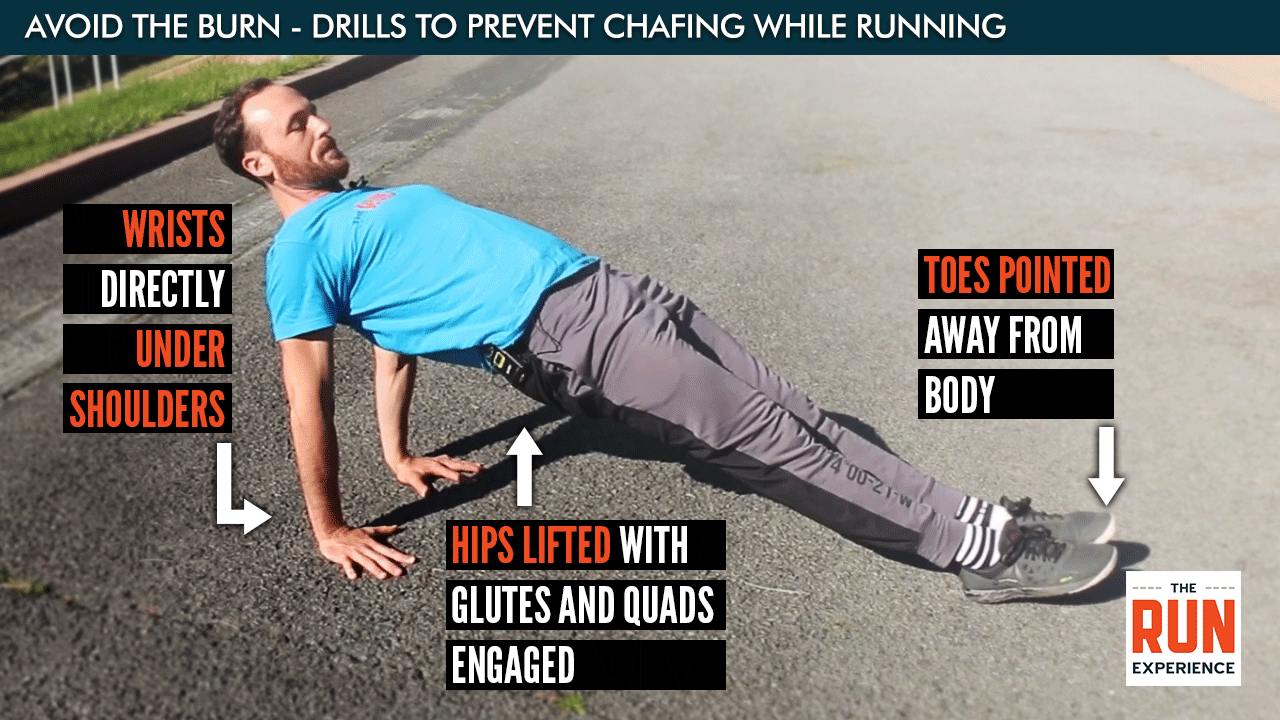
Credit: therunexperience.com
Proper Hydration And Nutrition
By maintaining proper hydration and nutrition, runners can significantly reduce the risk of marathon chafing. It is essential to understand the impact that hydration and nutrition have on chafing prevention.
Impact On Chafing
- Hydration and nutrition play a critical role in preventing chafing during a marathon.
- Dehydration can increase friction between the skin, leading to chafing.
- Well-hydrated skin is more resistant to irritation and rubbing.
- Nutrient deficiencies can weaken the skin’s natural protective barrier, making it more prone to chafing.
Recommended Intake
| Hydration | Nutrition |
|---|---|
| Drink 8-10 cups of water daily. | Include foods rich in vitamins A, C, and E for skin health. |
| Avoid excessive caffeine consumption. | Consume omega-3 fatty acids to maintain skin elasticity. |
| Electrolyte-rich drinks can help replenish lost minerals. | Protein-rich foods aid in muscle recovery and skin repair. |
Training And Conditioning
Training and conditioning are crucial aspects for preventing marathon chafing. The preparation your body undergoes plays a significant role in how it responds to the demands of a marathon. Building up endurance and strengthening your muscles can help minimize chafing during the race.
Gradual Increase In Mileage
Gradually increasing your mileage during training is essential to condition your body for the challenging distance of a marathon. Rapid mileage increments can lead to higher chances of chafing as the skin and muscles may not be fully adapted to the prolonged activity. By following a structured training plan that includes incremental mileage increases, your body gets accustomed to the physical demands of the race, reducing the likelihood of chafing.
Body Glide Application During Training
During training sessions, applying Body Glide can prevent chafing by creating a protective layer between the skin and clothing. This reduces friction and irritation that can occur during long runs, minimizing the risk of chafing. Consistently applying Body Glide in areas prone to chafing, such as underarms, inner thighs, and nipples, can help condition the skin and reduce the likelihood of chafing during the marathon.
Frequently Asked Questions Of How To Prevent Marathon Chafing
How Do Marathon Runners Avoid Chafing?
Marathon runners avoid chafing by wearing moisture-wicking clothes, using anti-chafing balms, applying body glide, and choosing seamless clothing.
How Do I Stop My Groin From Chafing When I Run?
To prevent groin chafing while running, follow these steps: 1. Wear moisture-wicking and breathable underwear or shorts to reduce friction. 2. Apply a lubricant or anti-chafing cream to the affected area before running. 3. Avoid fabrics that can further irritate the skin, such as cotton or rough textures.
4. Make sure your clothing fits well and doesn’t rub against your groin. 5. Take breaks during your run to air out and dry the area.
Why Do Marathon Runners Use Vaseline?
Marathon runners use Vaseline to prevent chafing and friction on their skin during long-distance races. It acts as a lubricant, reducing discomfort and irritation.
Conclusion
Preventing marathon chafing is crucial for a smooth race experience. Taking proactive steps like using anti-chafing products, wearing moisture-wicking clothing, and proper hydration can make a significant difference. Embrace these tips to enjoy a pain-free and successful long-distance run. Your skin will thank you!

